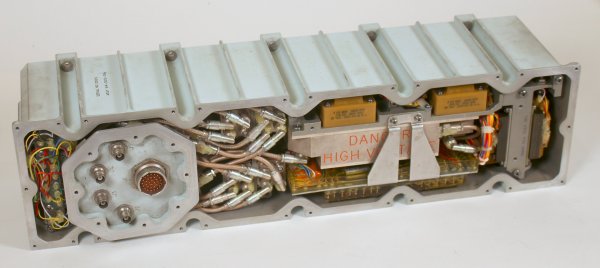As expensive as a new car is, it almost seems like a loss leader now to get you locked into exorbitantly expensive repairs at the dealership’s service department. That’s the reason a lot of us still try to do as much of the maintenance and repairs on our cars as possible — it’s just too darn expensive to pay someone else to do it.
Case in point: this story about a hapless Tesla owner who faced a massive repair bill on his brand new car. [Donald]’s tale of woe began when he hit some road debris with his two-wheel-drive Model 3. The object hit penetrated the plastic shield over the front of the battery pack, striking a fitting in the low-pressure battery cooling plumbing. The plastic fitting cracked, causing a leak that obviously needed repair. The authorized Tesla service center gave him the bad news: that he needed a new battery pack, at a cost of $16,000. Through a series of oversights, [Donald]’s comprehensive insurance on the car had lapsed, so he was looking at funding the repair, approximately half the cost of a new Model 3, out of pocket.
Luckily, he got in touch with [Rich Benoit] of The Electrified Garage, one of the few independent garages doing Tesla repairs and customizations. The video below is queued up to the part where they actually do the repair, which is ridiculously simple. After cutting off the remains of the broken fitting with a utility knife, [Rich]’s tech was able to cut a thread in both the fitting and the battery pack, and attach them together with a brass nipple from the plumbing section of the local home store. The total bill for the repair was $700, which still seems steep to us, but a far cry from what it could have been.
Hats off to [Rich] and his crew for finding a cost-effective workaround for this issue. And if you think you’ve seen his EV repairs before, you’re right. Of course, some repairs are more successful than others.
Continue reading “Repair Hack Saves Tesla Owner From Massive Bill” →
















